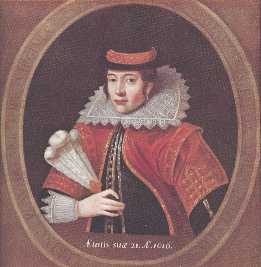Here's a good example of what kids think about Indians. I wonder where they got their ideas?

Oh, wait...the source is right there in the presentation. From a
movie--namely, Disney's
Pocahontas.
So much for the
asinine belief that movies don't influence our perceptions because they're just "fiction" and "entertainment." Wrong.
On
Facebook, one person thought the poster was about the Spokane Tribe because of the central photograph. With Pocahontas, a thunderbird, and a dreamcatcher? I don't think so.
The original photo was labeled: "And this is what middle school students think about Native Americans in Ohio." So I doubt the poster was supposed to be about a tribe in Washington.
The student probably found a picture of the Spokane and decided they were as good as any tribe. Especially since Ohio doesn't have any recognized tribes, or tribes that posed for photographs.
Teaching about IndiansOk, as a retired teacher I have to comment here. First off, I am not Native. However, even I know this is not a good representation of Native American culture. Instead, it is mainly a poster about a movie/cartoon with a few other things thrown in. Were this child in my class, and he/she was interested in Pocahontas as part of the project, I would have encouraged the child to do more research into the "real" woman and the history of her people. Using "Native Americans" as a project theme is extremely broad in scope. Instead, I would have suggested researching one specific Native Nation, or perhaps comparing and contrasting Plains Culture as opposed to Woodland, etc. A lot depends on the age and grade level, guidelines for the project, and so on. Sadly, some teachers/schools are not very sensitive as to cultural stereotyping.Good idea to use this as a teaching moment. But consider another point. There's no evidence that anyone, including parents and teachers, thought anything was wrong with this. For all we know, every adult on the scene approved of it.
That is the point I was trying to make. No one saw anything wrong here or in the continual stereotyping that is still used in our classrooms today. Case in point at my school. Not the administration, nor my teacher peers saw anything wrong with suggesting having a "Cowboys and Indians" dress up day during what we call Spirit Week, usually the last full week of the school year. I was the only one to stand up and say it was wrong. Our school at that time was over 90% Hispanic, many naturally of a wide mix of races, some nearly pure indigenous. (Naturally, in Mexico they don't have any blood quantums, but the people generally know their ancestry.) It is the responsibility of those of us that know better, to stand up and "try" to educate others.A couple of people said
Pocahontas spurred them to do their own research on Indians. To which I responded:
That a movie spurred some of you to do your own research is good. But
Pocahontas had the opposite effect on this student. And his teachers and parents, apparently. They saw the movie and repeated it as if it were fact.
And that's how many people treat movies. They know vaguely about Pocahontas and John Smith. They assume movies like this are based on history. They make no effort to separate fact and fiction, so the two blur together in their minds.
For more on the subject, see
"Pocahontas" in Gossip Girl and
Artist Reimagines Disney's Pocahontas.
Below: The real Pocahontas.




No comments:
Post a Comment